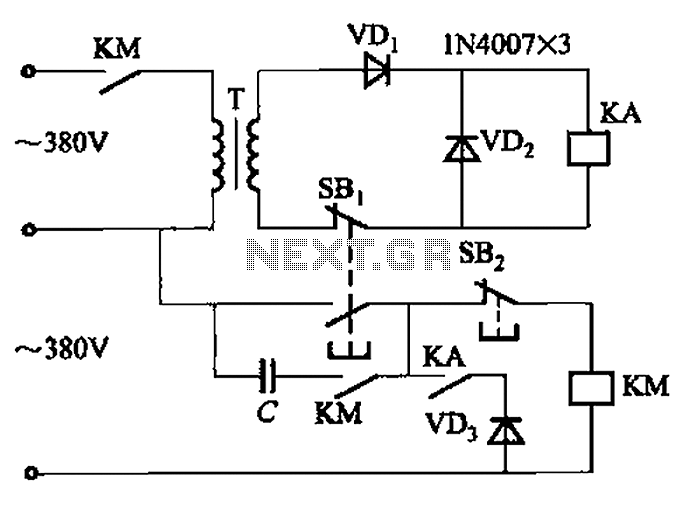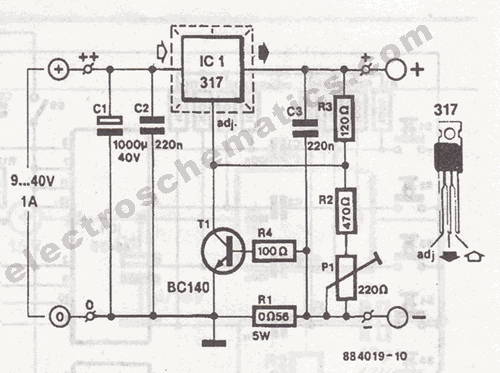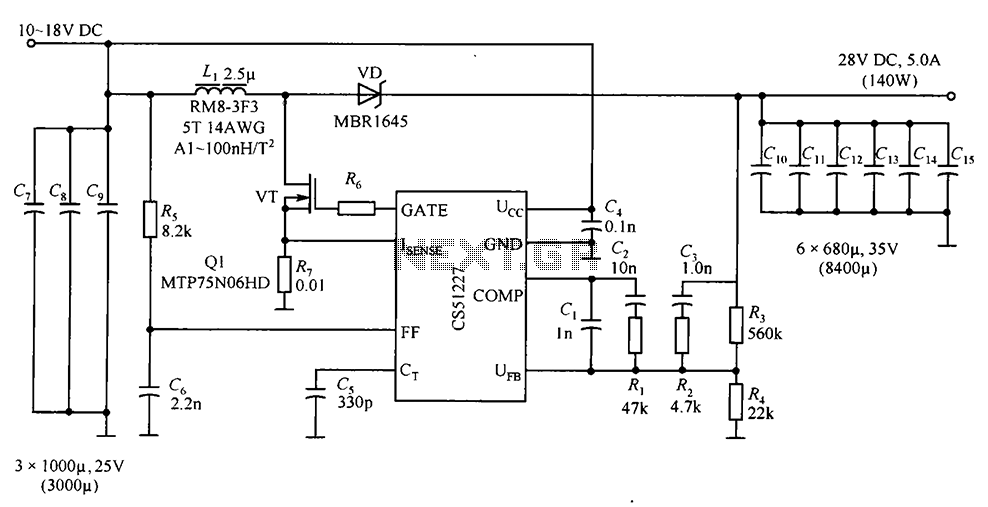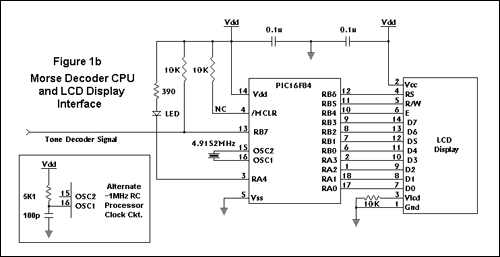
Transformer AC contactor DC operation circuit b

The AC contactor DC transformer circuit operates using various types of transformers and AC contactors in a DC application.
The AC contactor DC transformer circuit is designed to control and manage electrical power in applications where alternating current (AC) is converted to direct current (DC). This circuit typically involves the use of a transformer that steps down or steps up the voltage level of the AC supply, followed by an AC contactor that acts as a switch to control the power flow.
In this configuration, the transformer is crucial for isolating the AC supply from the DC load while ensuring that the voltage is appropriately adjusted for safe operation. The AC contactor, which is an electromechanical switch, is utilized to turn the circuit on or off based on control signals, providing a reliable means to manage high-power loads.
The design of this circuit includes several key components: the transformer, the AC contactor, rectifiers for converting AC to DC, and protection devices such as fuses or circuit breakers to prevent overloads. The rectification process is typically achieved through a diode bridge, which allows current to flow in one direction, thus converting the AC signal into a usable DC voltage.
This type of circuit is commonly used in industrial applications, automation systems, and various electronic devices where DC power is required but sourced from an AC supply. Proper selection of components and careful consideration of the circuit layout are essential to ensure efficiency, reliability, and safety in operation.AC contactor DC transformer circuit has run a variety of types, Transformer AC contactor DC operation circuit b
The AC contactor DC transformer circuit is designed to control and manage electrical power in applications where alternating current (AC) is converted to direct current (DC). This circuit typically involves the use of a transformer that steps down or steps up the voltage level of the AC supply, followed by an AC contactor that acts as a switch to control the power flow.
In this configuration, the transformer is crucial for isolating the AC supply from the DC load while ensuring that the voltage is appropriately adjusted for safe operation. The AC contactor, which is an electromechanical switch, is utilized to turn the circuit on or off based on control signals, providing a reliable means to manage high-power loads.
The design of this circuit includes several key components: the transformer, the AC contactor, rectifiers for converting AC to DC, and protection devices such as fuses or circuit breakers to prevent overloads. The rectification process is typically achieved through a diode bridge, which allows current to flow in one direction, thus converting the AC signal into a usable DC voltage.
This type of circuit is commonly used in industrial applications, automation systems, and various electronic devices where DC power is required but sourced from an AC supply. Proper selection of components and careful consideration of the circuit layout are essential to ensure efficiency, reliability, and safety in operation.AC contactor DC transformer circuit has run a variety of types, Transformer AC contactor DC operation circuit b
Warning: include(partials/cookie-banner.php): Failed to open stream: Permission denied in /var/www/html/nextgr/view-circuit.php on line 713
Warning: include(): Failed opening 'partials/cookie-banner.php' for inclusion (include_path='.:/usr/share/php') in /var/www/html/nextgr/view-circuit.php on line 713




